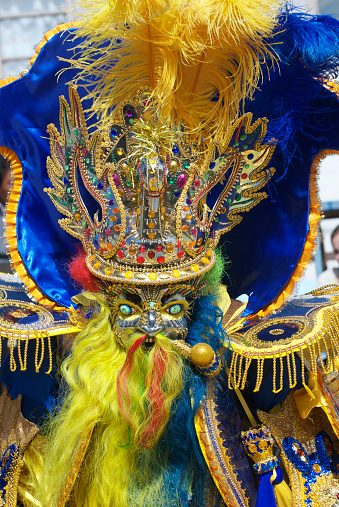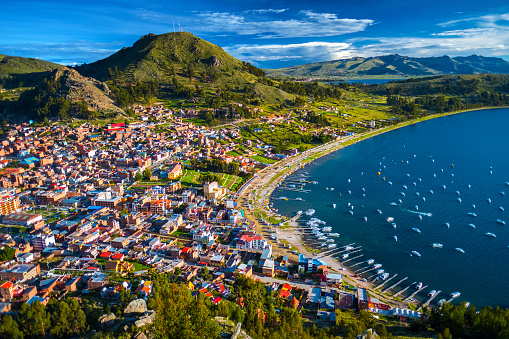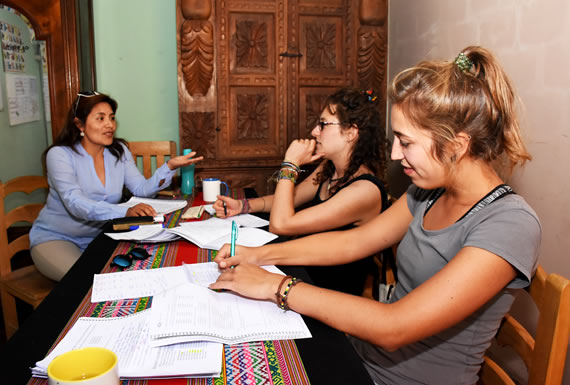
Bolivia is a country in South America, bordered by Brazil to the north and east, Paraguay and Argentina to the south, Chile to the west, and Peru to the west.
The cultural development of what is now Bolivia is divided into three distinct periods: pre-Columbian, colonial, and republican. Important archaeological ruins, gold and silver ornaments, stone monuments, ceramics, and weavings remain from several important pre-Columbian cultures. Major ruins include Tiwanaku, Samaipata, Inkallaqta and Iskanwaya. The country abounds in other sites that are difficult to reach and hardly explored by archaeologists.
The Spanish brought their own tradition of religious art which, in the hands of local indigenous and mestizo builders and artisans, developed into a rich and distinctive style of architecture, literature, and sculpture known as “Mestizo Baroque.” The colonial period produced not only the paintings of Perez de Holguin, Flores, Bitti, and others, but also the works of skilled but unknown stonecutters, woodcarvers, goldsmiths, and silversmiths. An important body of native baroque religious music of the colonial period was recovered in recent years and has been performed internationally to wide acclaim since 1994. Bolivian artists of stature in the 20th century include, among others, Guzman de Rojas, Arturo Borda, María Luisa Pacheco, Master William Vega, Alfredo Da Silva, and Marina Núñez del Prado.

Pagan rites from the pre-Columbian era are still common during the religious festivals of the Natives. The clothing used during the festivals is reminiscent of the dress of pre-Columbian Indians and 16th century Spaniards. The at the annual carnival of Oruro are among the great folkloric events of South America, as are the lesser known indigenous Anata Andina and the “carnival” at Tarabuco (Pujllay), or the Tinku – fertility rites held at Macha every 3 May.
Amizade

Since 1996, Amizade has partnered with several effective community-based organizations, each working specifically to improve the well-being of people in the region. We try to match volunteers’ interests with community needs. You will stay in or near Cochabamba, Bolivia (the third largest city, encircled by the breathtaking Andes Mountains); work with children or the elderly, or help a rural community build classrooms; and explore the culture through recreational activities and community events. Your volunteer service immerses you in the local community and offers you the opportunity to make a difference in the lives of the region’s most vulnerable people. Cochabamba is located in a highland plateau and boasts a perfect climate with a daytime seasonal average of 72 F with no humidity. Cochabamba is a bustling city of 400,000 people, home to many beautiful plazas, fountains, churches, and the largest open-air market in the Americas. Despite the beautiful scenery and perfect climate, Bolivia is one of the poorest countries in all of the Americas and faces a variety of social and economic challenges.
Sucre Spanish School

Sucre Spanish School is located just at 3 minutes’ walk from the city central square “Plaza 25 de Mayo” in the historical city center of Sucre, one of South America’s most interesting and fascinating cities. The school is specialized in private Spanish language instruction with a 1-on-1 student/teacher ratio that can be arranged on individual hours per day whether in private or group lessons, which it could be from 1 to 4 people in the classroom as maximum (6 days a week).


